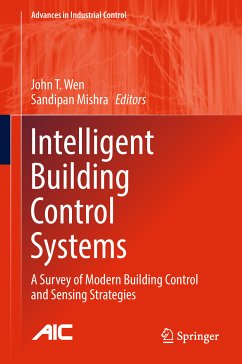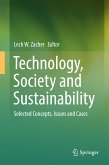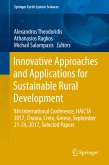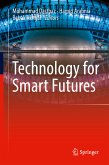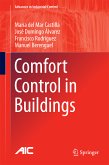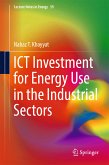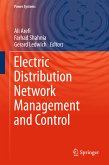- model-based and model-free control design for temperature control;
- smart lighting systems;
- smart sensors and actuators (such as smart thermostats, lighting fixtures and HVAC equipment with embedded intelligence); and
- energy management, including consideration of grid connectivity and distributed intelligence.
These articles are both educational for practitioners and graduate students interested in design and implementation, and foundational for researchers interested in understanding the state of the art and the challenges that must be overcome in realizing the potential benefits of smart building systems. This edited volume also includes case studies from implementation of these algorithms/sensing strategies in to-scale building systems. These demonstrate the benefits and pitfalls of using smart sensing and control for enhanced occupant comfort and energy efficiency.
Dieser Download kann aus rechtlichen Gründen nur mit Rechnungsadresse in A, B, BG, CY, CZ, D, DK, EW, E, FIN, F, GR, HR, H, IRL, I, LT, L, LR, M, NL, PL, P, R, S, SLO, SK ausgeliefert werden.

